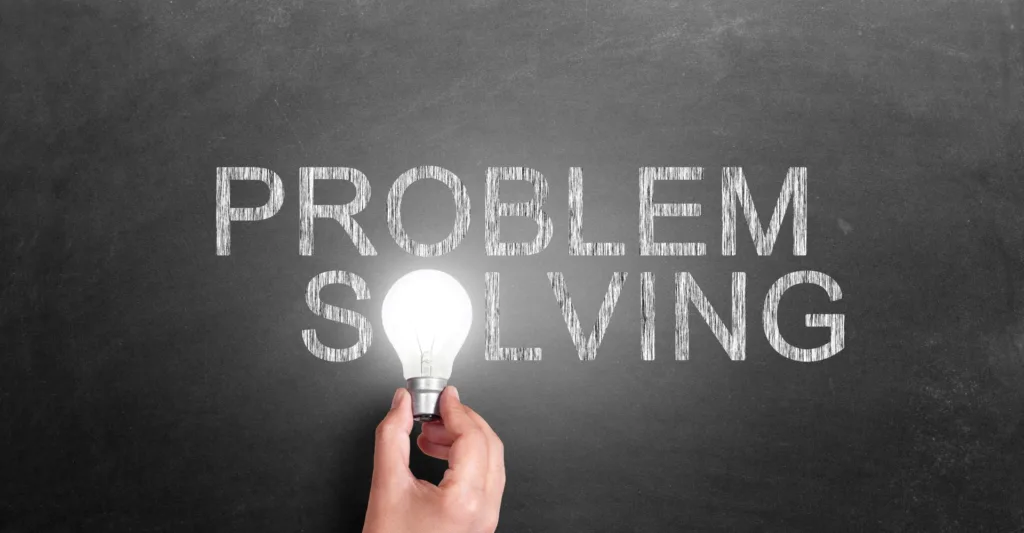Problem-solving is the process of identifying and resolving issues. It is a valuable skill that can be applied to many areas of life, from personal challenges to professional endeavors.
Problem-Solving Process
- Identify the Problem: Clearly define the problem you are trying to solve.
- Gather Information: Collect relevant data and information about the problem.
- Brainstorm Solutions: Generate a list of potential solutions.
- Evaluate Solutions: Assess the pros and cons of each solution.
- Choose a Solution: Select the best solution based on your evaluation.
- Implement the Solution: Put your chosen solution into action.
- Evaluate the Results: Assess whether the solution was effective and make adjustments if necessary.
Problem-Solving Strategies
- Break Down the Problem: Divide a complex problem into smaller, more manageable parts.
- Mind Mapping: Create a visual representation of the problem and its possible solutions.
- Decision Trees: Use a decision tree to weigh the pros and cons of different options.
- Brainstorming: Generate a large number of ideas without judgment.
- Reverse Brainstorming: Start by identifying the worst possible solution and then work backwards to find better ones.
- Scenario Planning: Consider different possible outcomes and develop plans for each scenario.
Benefits of Problem-Solving
- Improved Decision-Making: Effective problem-solving can help you make better decisions.
- Increased Resilience: Problem-solving skills can help you overcome challenges and setbacks.
- Enhanced Creativity: Problem-solving can stimulate creativity and innovation.
- Improved Communication: Problem-solving requires effective communication and collaboration.
Problem-solving is a valuable skill that can be applied to many areas of life. By developing strong problem-solving skills, you can overcome challenges, achieve your goals, and improve your overall quality of life.
Would you like to learn more about a specific problem-solving strategy or how to apply problem-solving skills to a particular situation?
